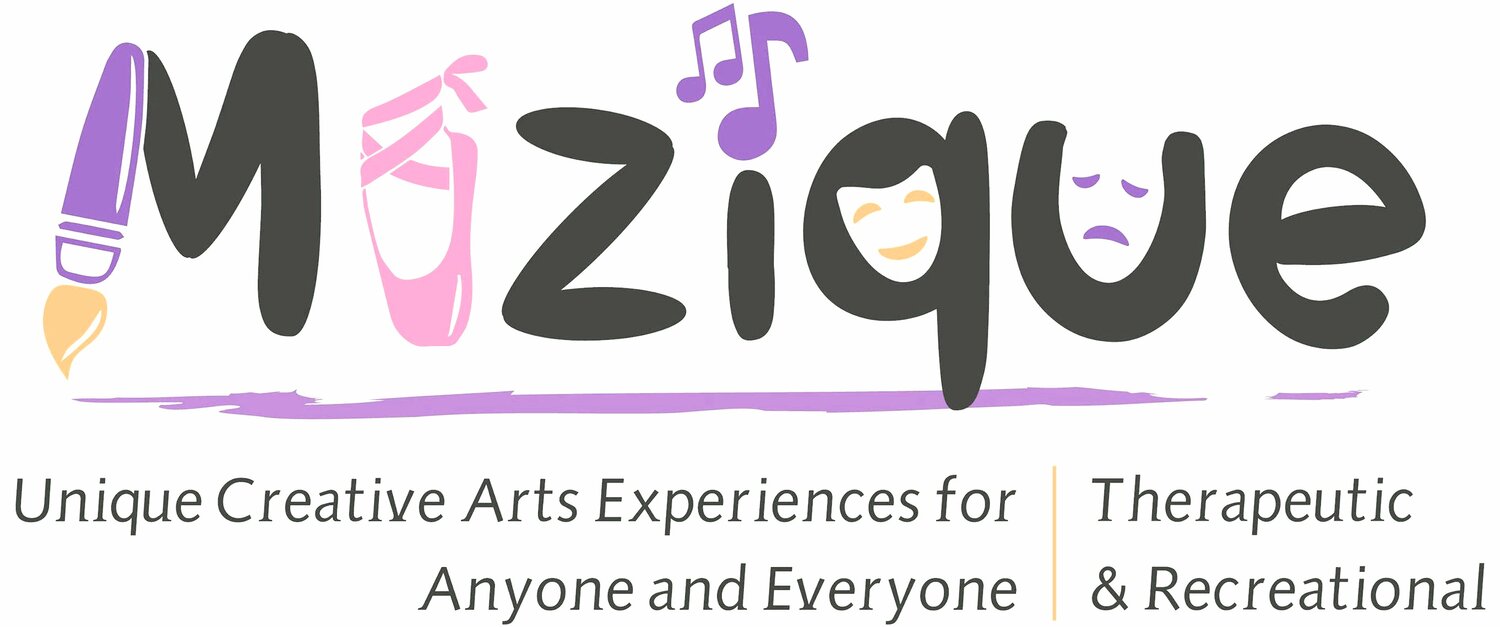Ever tried to do more than, like, 2 math problems with a first grader in one sitting? IT’S IMPOSSIBLE!?! Take into account lack of attention span, lack of focus, (most likely) lack of motivation, and many, many more reasons, aaaaaaaand you have the drive for about 1 question or less. So while most parents would give up and most teachers would get frustrated, we music therapist have a solution: MAKE IT TOO MUCH FUN TO IGNORE!
There are plenty of fun math songs and rhythmic chants dedicated to solving math problems and they all work great. It’s proven that almost all children work better with a hands on activity compared to seated work. Most teachers attempt to make math fun anyways, because really… how many elementary school kids do you know who just love, love, love math?... exactly. So, teachers tend to make math more visual and maybe even tactile (for instance, touch by number). But something to make math even more enticing is to make it a full, hands on, movement experience! So here’s something that I like to do:
Step 1. Lay out several drums in a straight line on the floor
Step 2. Depending on the age of the children and the level of difficulty in the math problems, assign each drum an appropriate number and tape/write that number on the drum head (assign 1 for all drums for starting levels in addition, subtraction, division or multiplication/ assign larger numbers as you move onto higher difficulty)
Step 3. Find a ball that has a good bounce to it! Choose a few different sizes for added difficulty!
Step 4. Tape a line to the floor for the students to stand behind and have them form a line behind it (you can even choose to make two teams for a little added competition!)
Step 5. Let each child take turns bouncing the ball on the drums while another (or the therapist/teacher) writes the problem on the board for all to view and then allow the child to solve the problem!
Example 1: The teacher/therapist decides that the class is doing addition and each drum is worth 1 point. Student A throws the ball onto the drums and it hits the first, third and fourth drums. Student B (or the therapist/teacher) writes “1+1+1=__” on the board and Student A solves the problem.
Example 2: The teacher/therapist decides that the class is doing multiplication and each drum is worth 2 points. Student A throws the ball onto the drums and it hits the first, third and fourth drums. Student B (or the therapist/teacher) writes “2(points) x 3(drums)=__” on the board and Student A solves the problem.
There are so many ways to play around with this math experience and bring an element of musical fun into the classroom! You can get more than creative when it comes to making academics more hands on and motivating!
Let us know in the comments below how you make academics more exciting or how you add a hands on experiences to your lesson plans!
Thanks for checking out our blog! Click here to receive a free list of 25 Action Songs to get your kids moving! You'll also be the first to find out when we publish a blog, release a mini-book, or create a new experience! And follow us on all social media (Facebook, Twitter, Instagram, Pinterest) @muziquearts!




So, you’re stuck at home, huh? Well, we are too, but that’s not stopping us from bringing music into the homes of our clients and students!